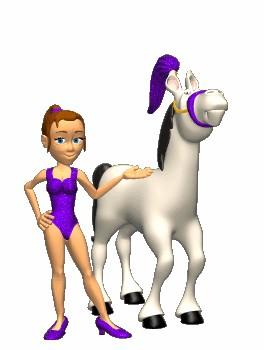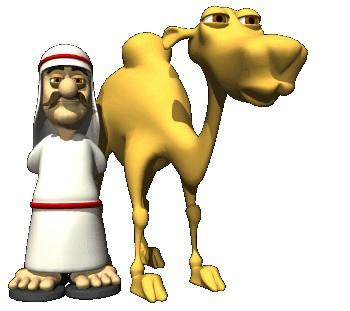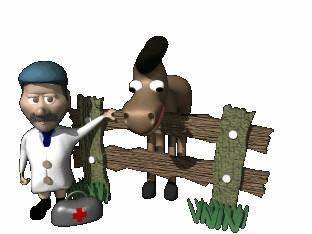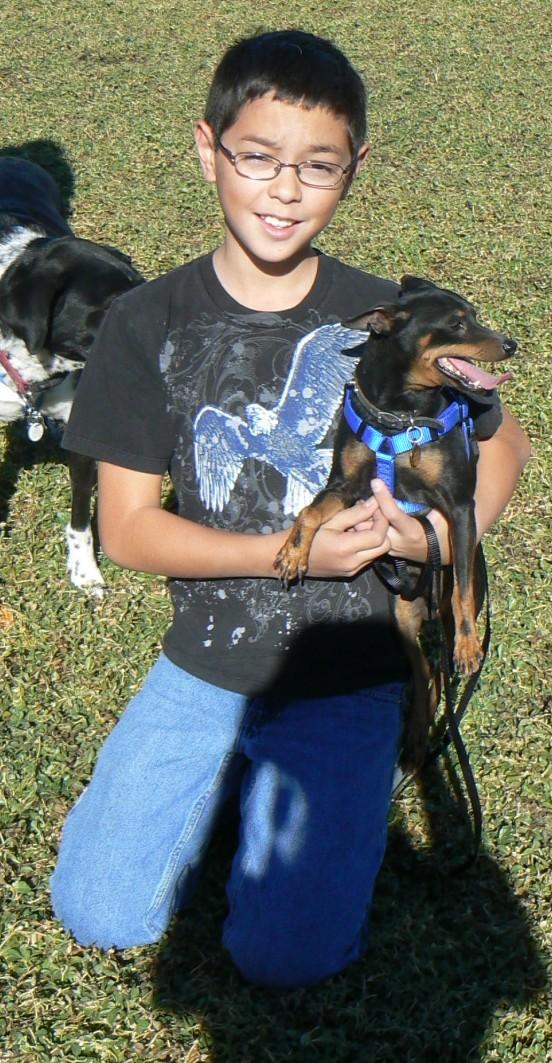
2 minute read
Instincts
Open Instincts: Can They Change?
Indigenous: Animals that need their natural home changed to another location for survival. Polar Bear, Wolf, and Bird of Prey are sometimes relocated to protect the species.
Advertisement
Experience: Memory patterns in animals exist for survival, love and learning, just as in humans.
Nest and Dam Building: Animals always remember predisposed survival patterns, although non-native settings such as zoos may change these activities.
Surrounding Stimuli: Anxiety and stress will lead to neurological manifestations, agitation, changes in mating and eating habits, along with other dis-eases. This is why zoos are now more concerned with educational living areas than with animal entertainment.
Bonding Time: “Domestication” creates animals that depend on humans for our company and touch just as much as for nutrition and health issues. Classical music played to cows increases their milk.
Animal Care & Safety: Adopting new family members (no matter what species) without a wellness plan leads to animal-human relationship problems.
Communication: Animals and humans must share a common language of some sort for safe, peaceful communication.
Nutrition: Consult a veterinarian before changing animal diets, as there may be other heath issues to consider.
Above is Bentley, adopted by IPT from Adopt-a-Bat. Due to other bully bats he had neurological ailments. Once given his own ‘condo’ health and happiness returned.
Physical Discomforts: Personalities, eating habits, and the ability to cooperate may change when animals don’t feel well. They have good and bad days, too.
Too Many: Having too many animals may lead to fights over hierarchy and lead to health issues that humans may not be able to afford.
Lifespan: Allow reality to be your guide, always striving for quality and not quantity. Death and dying counseling groups for pet owners are available.
Animal Experts & Human Definitions
Human vs. Animal Philosophy: Humans tend to give animals human attributes to better explain their behaviors.


Animal Professionals
Handler vs. Scientist vs. Veterinarian: Handlers may have a special bond with animals therefore making them the “expert” for that animal.

Breeders vs. “Owners”: Breeding overpopulated species is inhumane, but when saving a species, as in the wild, breeding is an important part of animal rescue. The word “owner” creates legal rights about what humans can do with animals. Society is now beginning to strongly monitor human care of animals.
Animal Psychology
Animal Psychologists study animals in a clinical setting. They are concerned with the emotional well being of animals.
Trainers and Pet Stores: Trainers are beginning to learn gentler methods of communication, while pet stores such as Petco and Petsmart assist with animal rescue through adoption, not breeding.
Biologists, Ethology: study animal behavior by observing the grouping and response patterns of animals in their natural habitat. Studies show Dolphin brains actually become smaller when in captivity, possibly due to the fact that survival and hunting needs diminish. Maybe their brain is relaxing!
Human’s Perception
(De)Sensitize Humans to Animal’s World
Animals with Human Attributes: books, cartoons, perceptions usually begin during childhood.
Pets for Small Children: This is inappropriate. If an animal lives in a home with a small child, this is a time for learning and supervising to protector from rough handling.
Acting Animals: This can present unhealthy physical and emotional conditions for animals unless educational goals and loving conditions are present.
Educational Research: Helping species survive and prosper in a world where animals live in protected surroundings.
Human Concept
“Owning”: The term “owner” creates legal flexibility. Humans do what they want with animals (with LOVE) when they are “owners.”
Domestication vs. Wild? Animals may seem “tame” when young, and yet may become “wild” when adults. Humans are the wildest predators on the planet. Parrot dominance appears as he who eats first.
Training/Cooperation/Friendship: Educational animals in captivity are not trained. They are exercised and mentally stimulated with physical “play” activity. Also ‘dog training classes’ are really for humans….these classes teach time together and Animal Communication skills FOR HUMANS due to language barriers. (Animals already know about this).
Animal Memories: Memory is used for survival and communication, as well as animal LOVE.






